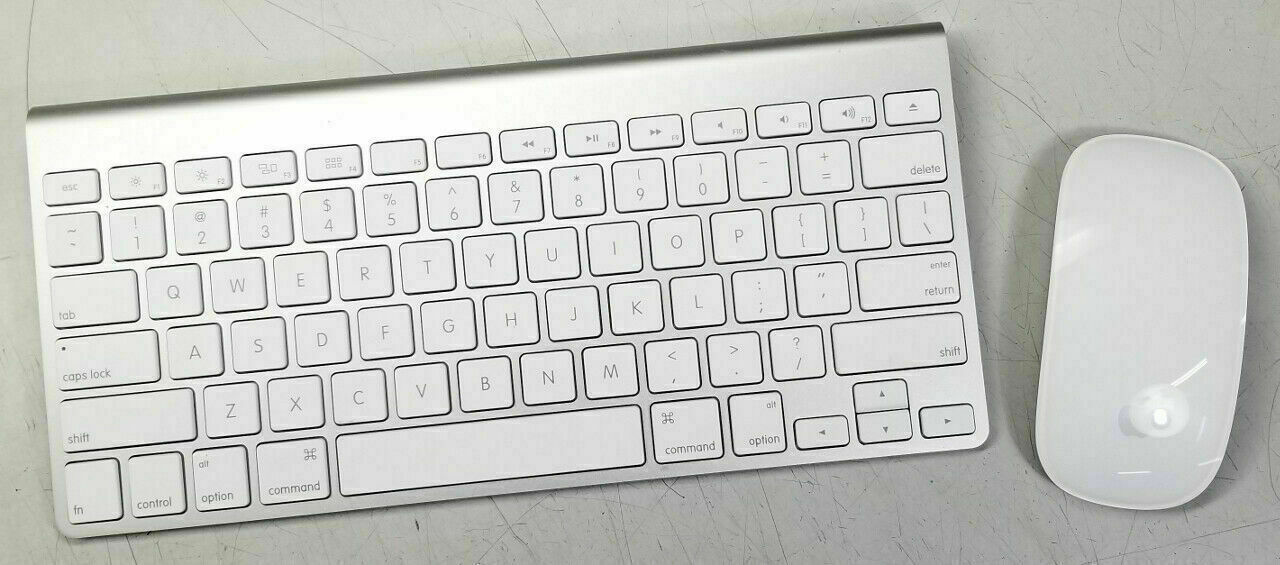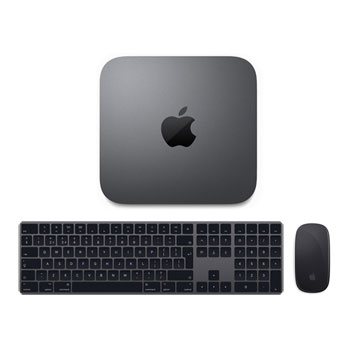

- Apple mouse and keyboard bundle full#
- Apple mouse and keyboard bundle pro#
- Apple mouse and keyboard bundle Pc#
- Apple mouse and keyboard bundle Bluetooth#
- Apple mouse and keyboard bundle mac#
The Apple UK keyboard layout has the and " keys in their US locations (on the 2 and ' keys respectively).Various other reset key combinations do various other things. Used in conjunction with the open Apple key, reset reboots the computer. On the Apple IIgs, this key, used in conjunction with the control key, is reset.Most of its functions were transferred to the eject (⏏) key in such later keyboards (holding down the control key simultaneously to make the eject key act like the power key).
Apple mouse and keyboard bundle pro#
The power key was replaced with a more conventional power button on early USB keyboards, thanks to a proprietary pin wired to the Macintosh's power supply in Apple's early USB implementations, subsequently eliminated on the Pro Keyboard along with the special power supply pin. On keyboards with function keys, it was placed either on the left or right edge of the same keyboard row as the function keys on keyboards without function keys it was placed in a central location above the other keys.
Apple mouse and keyboard bundle mac#
Apple mouse and keyboard bundle Pc#
Apple, since the release of the Pro Keyboard, provides these last four keys on desktop keyboards above the numeric keypad where status indicator lights are on many IBM PC keyboards.

Apple mouse and keyboard bundle full#
Apple mouse and keyboard bundle Bluetooth#
Compact keyboards such as the bluetooth wireless aluminium keyboard and the built-in keyboards on all Intel-based Macintosh notebooks range from F1-F12 only, just like IBM PC keyboards. F17-F19 keys were introduced with the aluminium USB keyboard. Full-sized desktop keyboards with a dedicated numpad have function keys that can range up to F15, F16, or F19.Compared to their equivalents on the standard IBM PC keyboard layout the Command key and the Option key are located in reverse order. It functions as the Alt key in Unix and Windows environments. It serves the function of the solid-Apple key in Apple II applications. Like the Shift and Control keys, the Option key serves as a modifier for the Command key shortcuts, as well as being used to type many special characters. The Option key ( ⌥), for entering diacritics and other special characters.The open-Apple key was combined with the Command key on Apple Desktop Bus keyboards (which were used on both the Apple IIgs and several years of Macintosh models) where it remained after the Apple II line was discontinued. The "open" (hollow) and separate "closed" (solid) Apple logo keys on the Apple II series, served functions similar to that of the Command key.

The key functions as a Meta key or Super key in Unix-like environments, and is equally equivalent to the Windows key in Windows environments, although in common applications it performs the same function as the Windows Control key.


 0 kommentar(er)
0 kommentar(er)
